A Bold Look At The History Of Slavery in U.S.
(above: Harriet Tubman with rescued slaves- Auburn, NY, circa 1887.)
Slavery began with civilization. Western slavery goes back 10,000 years to Mesopotamia, today’s Iraq, where a male slave was worth an orchard of date palms. Female slaves were called on for sexual services, gaining freedom only when their masters died.
Slavery in America began when the first African slaves were brought to the North American colony of Jamestown, Virginia, in 1619, to aid in the production of such lucrative crops as tobacco.
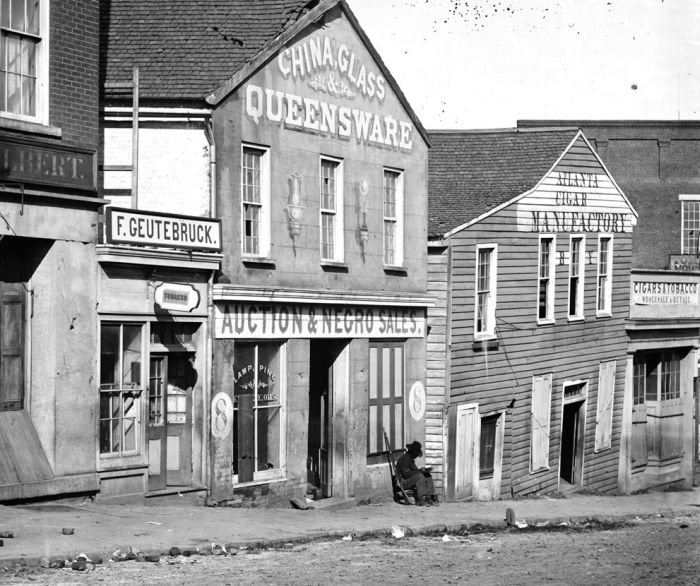
A black Union soldier sits, posted in front of a slave auction house on Whitehall Street in Atlanta, Georgia, in 1864.

It’s hard to believe that slavery was a common thing at one time but it was. Take a look back at how things used to be.

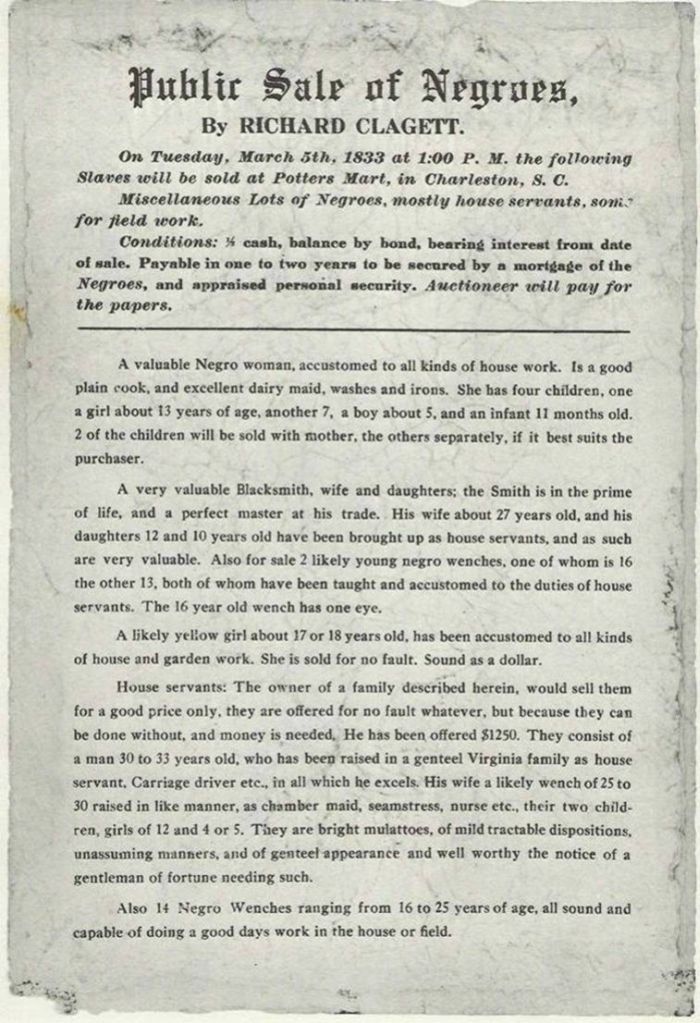
Slavery was practiced throughout the American colonies in the 17th and 18th centuries, and African-American slaves helped build the economic foundations of the new nation. The invention of the cotton gin in 1793 solidified the central importance of slavery to the South’s economy.
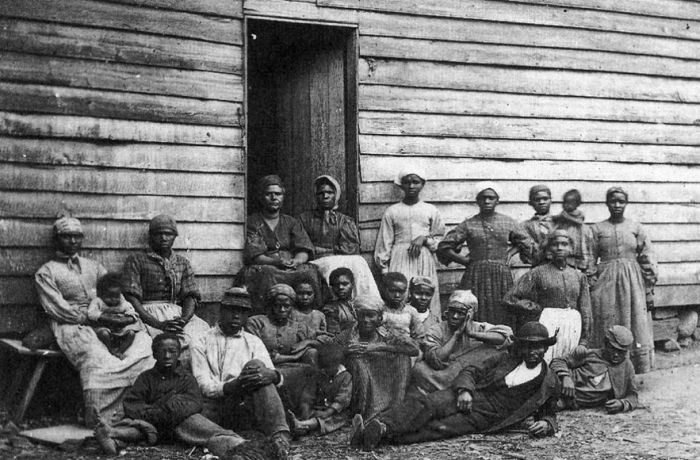
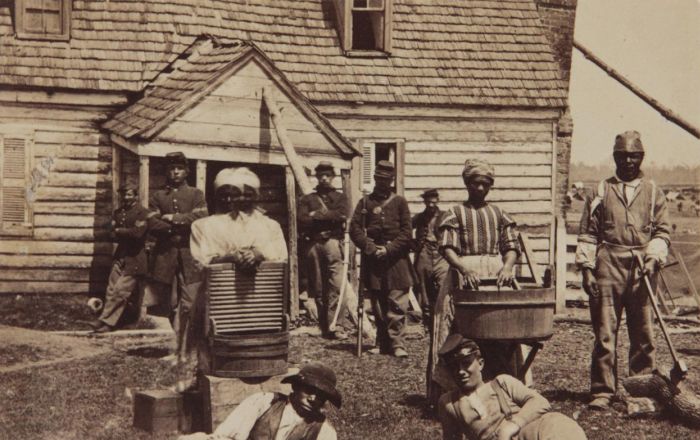
Escaped slaves, ca. 1862

A group of men posing in front of Lynch’s Slave Market, St. Louis, Missouri, 1852.
By the mid-19th century, America’s westward expansion, along with a growing abolition movement in the North, would provoke a great debate over slavery that would tear the nation apart in the bloody American Civil War (1861-65).
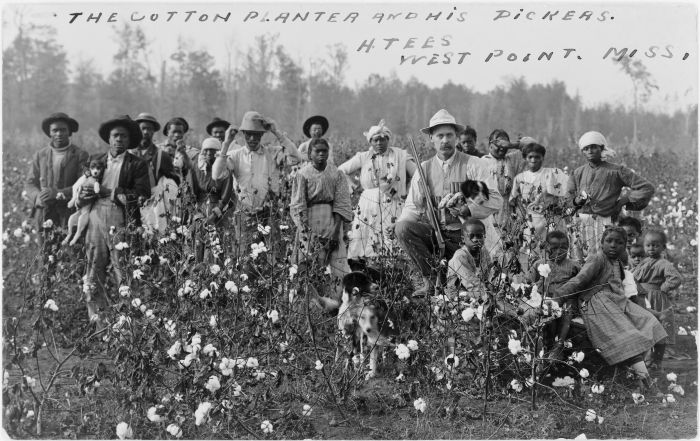
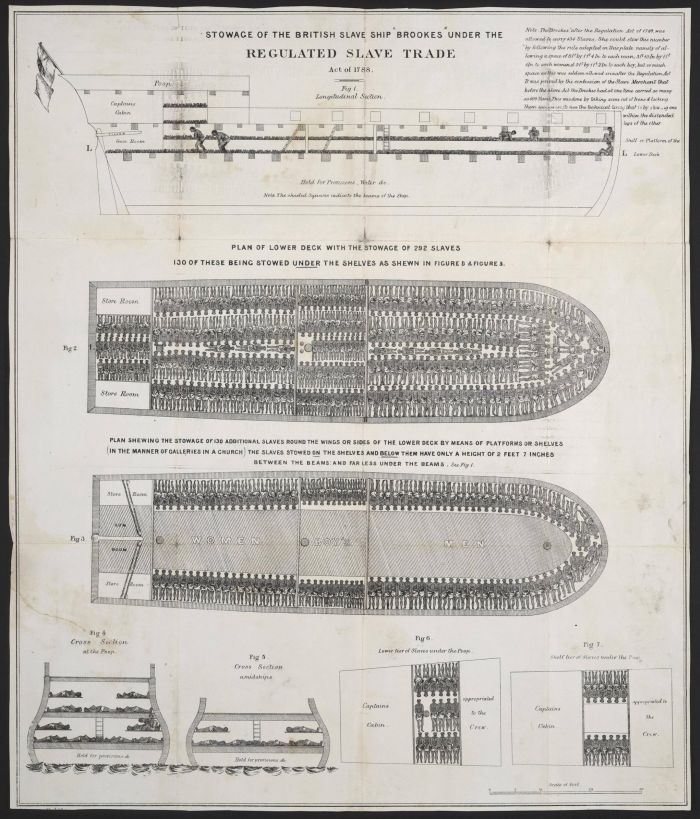
How to fit 454 slaves on a ship.
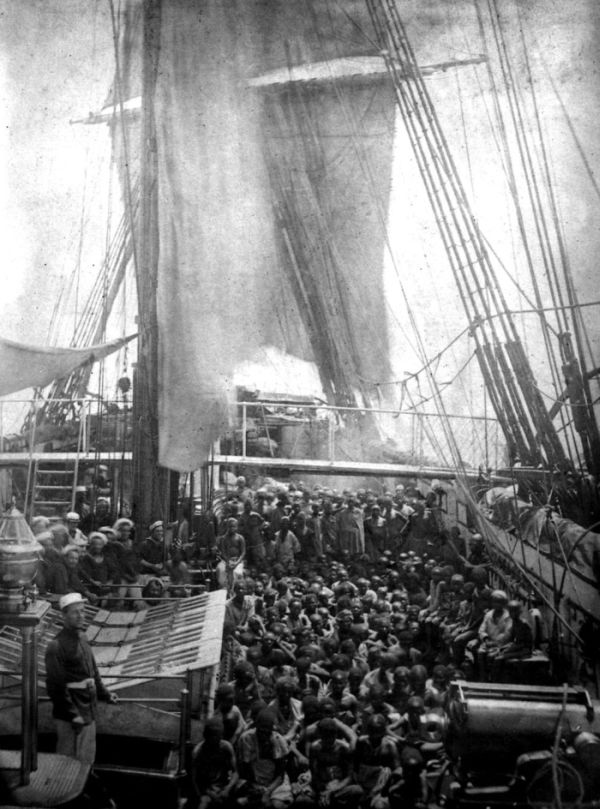
Rescued east African slaves aboard HMS Daphne, a British Royal Navy vessel involved in anti-slave trade activities in the Indian Ocean.
Though the Union victory freed the nation’s 4 million slaves, the legacy of slavery continued to influence American history, from the tumultuous years of Reconstruction (1865-77) to the civil rights movement that emerged in the 1960s, a century after emancipation.
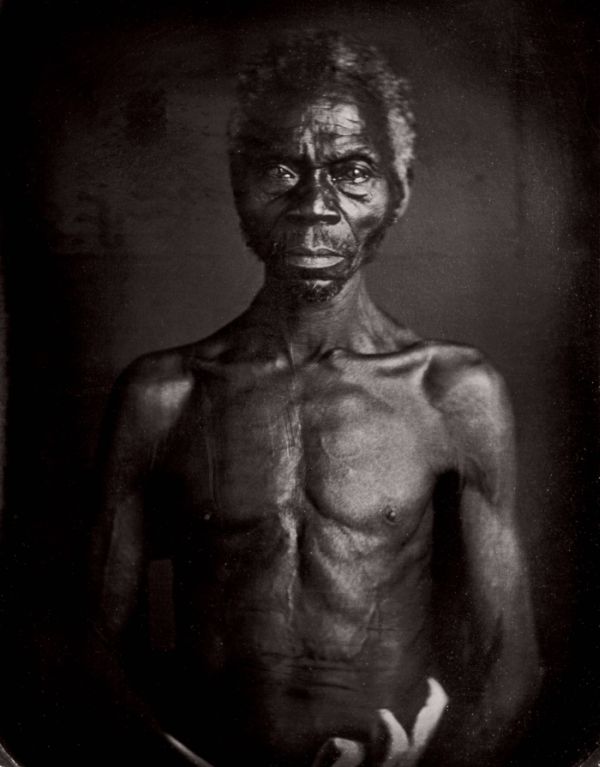
This man, Renty, was an African-born slave owned by B.F. Taylor from Columbia, South Carolina when this portrait was taken in 1850.
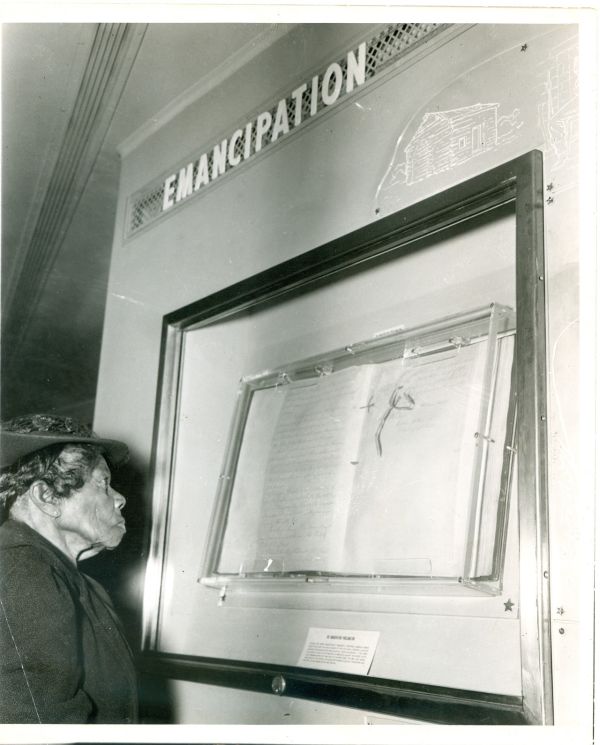
88-year-old Mrs. Sally Fickland, a former slave, looking at the Emancipation Proclamation in 1947, which was signed when she was 3

Slavery is no longer legal anywhere in the world, though human trafficking remains an international problem. An estimated 29.8 million persons are living in illegal slavery today.

To My Old Master: A former slave’s letter in response to his old master’s request to work for him again.
